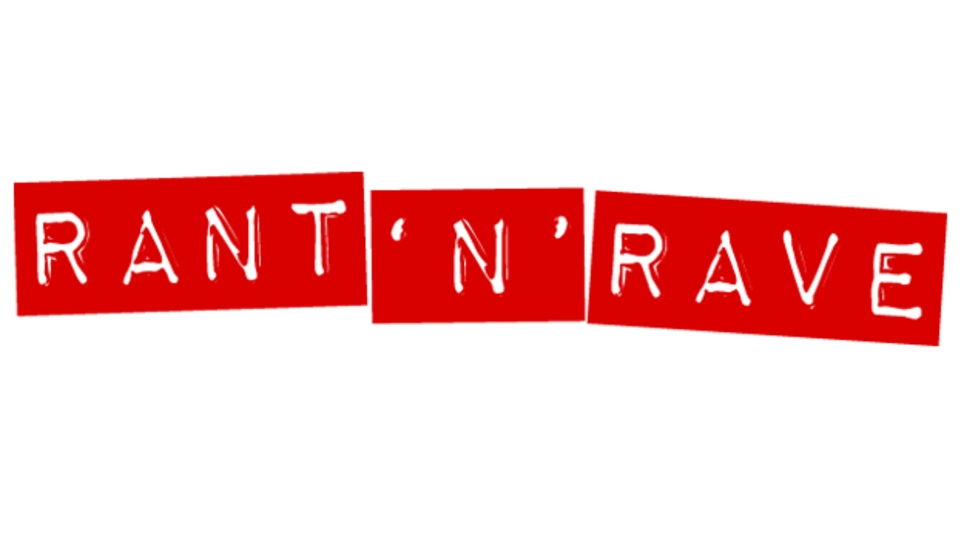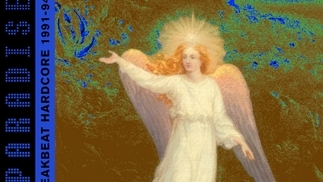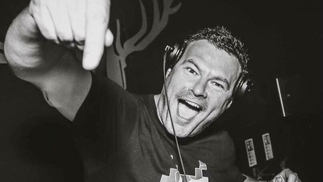RANT N' RAVE
At what point did remixing mainstream pop rubbish become acceptable?

At what point did remixing mainstream pop rubbish of your own volition become acceptable? And at what point did playing execrable shite in your DJ sets become alright?
Don't get DJ Mag wrong, there's been a long tradition of the remix as a credibility boost in the music industry. Back in the day, from the late '80s and the first crossover of house music onwards, dire popstrels of the ilk of Simply Red and the Spice Girls (or rather their record companies) would be queuing up for a taste of authentic dance flavour, getting cool names to remix their tracks in order to boost sales of 12”s!
When played in clubs, these remixes would also confer a sprinkling of hip to these artists, who were ultimately aiming for an entirely different demographic.
But what's happening now is something else entirely. Granted, the phenomenon of “EDM” in the US is loud, brash and populist. The electro house sound there is attracting a new crowd, some of whom have never encountered electronic music before, preferring, perhaps, stadium rock or hip-hop.
But really, remixes of indie bedwetters Coldplay? Played unashamedly, cheesy grin and heart-hands held up, loud and proud? This bullshit is unacceptable. Dance music for people who don't like dance music, clearly. Maybe in your local Ritzy, but played in the world's biggest clubs?
The difference with these remixes is that most are actually unsolicited, suggesting the characters remixing and playing these tracks out actually like this crud. Think it's a great idea to convert the beige into the fromage.
It's not just the flaccid Chris Martin and co. that are happily transformed into something even worse. Long-hair Southern rockers turned shorn, squeaky-clean U2 clones Kings Of Leon get the treatment too, and have been getting plenty of play in remixed form all over the shop.
Australian sensation Gotye, and his ubiquitous 'Somebody That I Used To Know', is the latest candidate for electro house degradation, spawning a bewildering number of re-licks and resprays. Whatever you think of the original, it's clear these versions are cheap, tawdry knock-offs.
The question is, what relation does stadium pop have to dance music? Familiarity is one thing, the crassly obvious another. It seems the recognition factor is placed above all else. Yet surely the reason ravers go to clubs is to escape the stuff that you hear on daytime radio or on the pop charts?
The fact that the DJs involved don't feel embarrassed of besmirching their good names says a lot about the stadium-isation of dance. As the live performance of electro house gets closer and closer to parody, and like the hair-metal of Spinal Tap in its use of ludicrous props, lights and lasers to distract from the music itself, the tunes are chiming closer to the music that has always traditionally filled out the mega arenas that are now packed out by Deadmau5 and co.
Perhaps in a stadium, that level of blandness, so expertly tapped into by the beige rock giants, is a necessity. After all, you have to appeal to, and keep happy, the widest cross-section of people. Anything jarring or experimental is out. But clubs are different, they're for dancing, they're supposed to be fun, loud, a little illicit at the least.
Even worse is the cult of the remake. Covers are nothing new either, but when a dance producer from a new generation makes a tune under their own name, which is, you know, the same tune but made a bit more rubbish, then the motivation seems a little suspect. Particularly since, when fresh-faced ravers boogie to that new track, they probably think it's entirely the work of that producer, and are blissfully unaware that the tune has been appropriated.
Some of these are woeful mash-ups, clumsily sewing together bits of other tunes to become grotesque Frankenstein's monsters — very much alive, and lapped up by green punters. You might argue, 'If the clubbers are enjoying it, what's the problem? Get over it'. But when did the dance scene become a new Stock, Aitken & Waterman-style conveyor-belt of stadium rock cover cash-ins, or Jive Bunny mega mixes? Even the most commercial dance needs to have its own ideas.
Dance eating itself (again) seems like a very real possibility.





